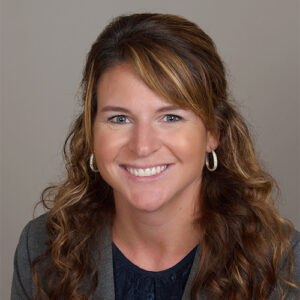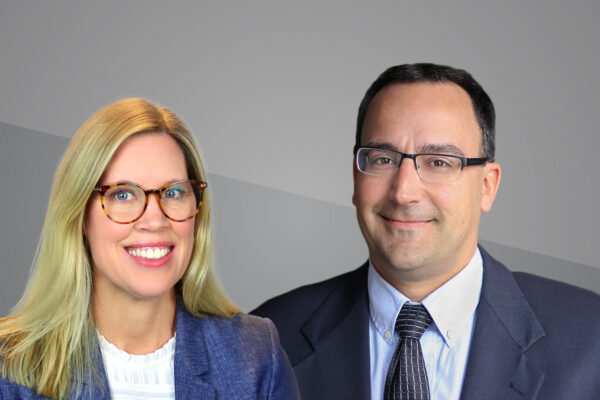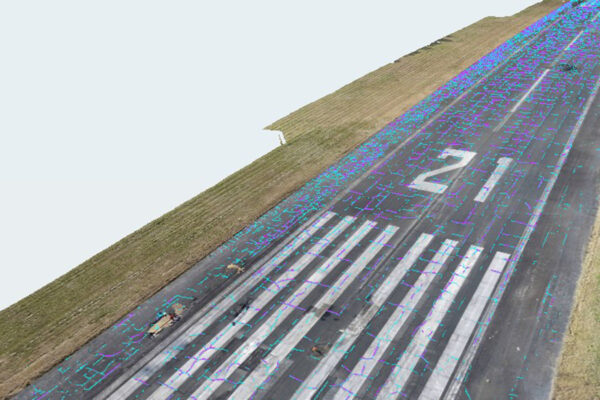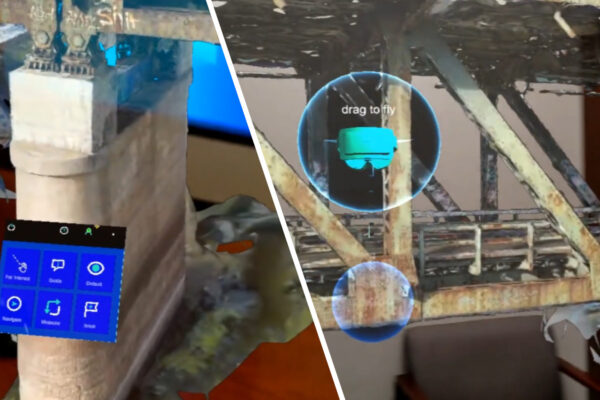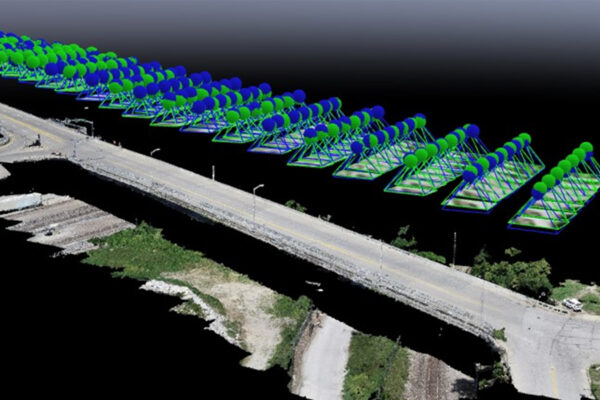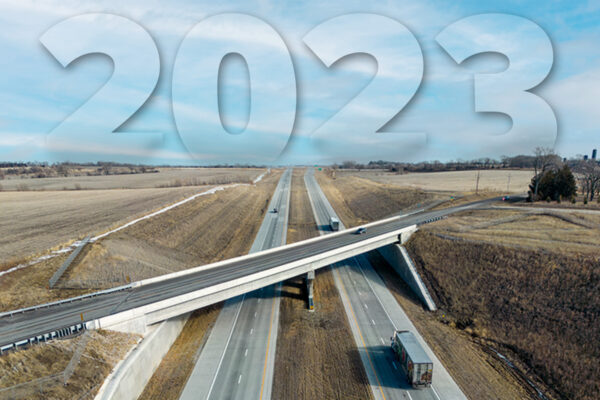Creating Resilient Communities Through Storm Water Planning, Modeling and Mitigation
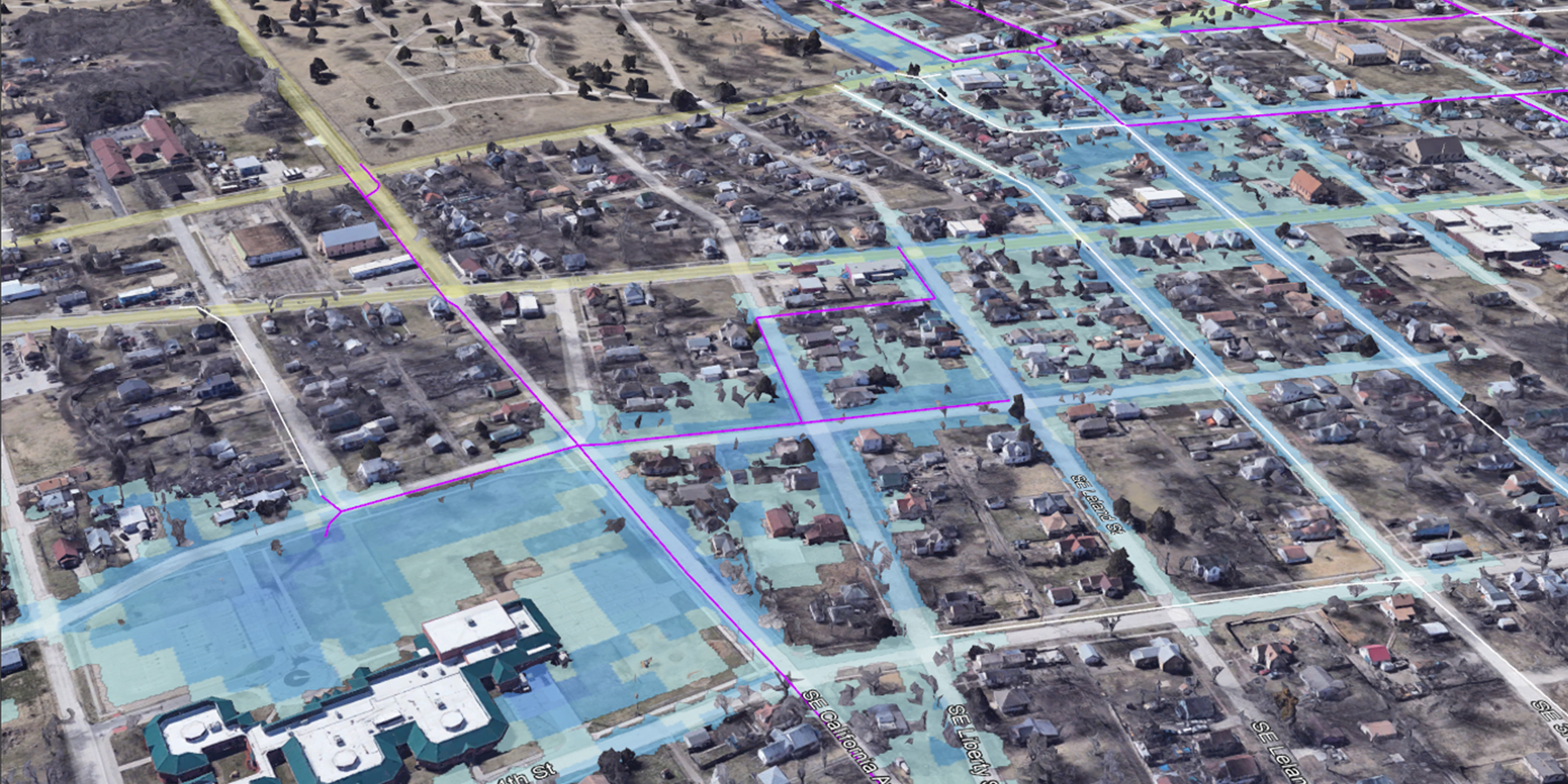
Without the proper planning and infrastructure in place, water—while vital to our existence—has the potential to damage and even destroy our communities. Effectively managing storm water and maintaining aging infrastructure is becoming even more critical to communities’ futures as we all face changing climates and increased weather events.
For years, Benesch’s specialized team of storm water experts have been helping communities evaluate, plan and design storm water systems that are prepared to handle everything from typical rainfall to 100-year rain events. In this article, they answer questions related to their storm water master planning and offer insight into how planning, modeling and mitigation efforts can create more resilient communities.
What does master planning have to do with how resilient a community is?
Maria: As with most things in life, planning is critical to success. With master planning, our goal is to provide our clients with a strategic framework for reducing existing flooding issues and the likelihood of system failure while also addressing future needs. Creating a comprehensive master plan helps to set up a community for long-term resiliency, something that is a priority for most clients these days.
Joe: A master plan provides important data and guidance as an agency works to handle storm water related activities. As a result, they tend to be better prepared for the unexpected.
How do you approach master planning?
Maria: A lot goes into master planning, and the approach can vary based on our clients’ goals. But a good example of a comprehensive approach is what we did with the City of Topeka. Their goal was to mitigate flood and storm water risks, so we approached master planning in five phases:
- Identify Needs: If we are going to make improvements and plan for the future, we need to know where to start. So, in the first phase we evaluate the likelihood and consequences of failure for existing systems.
- Spreadsheet Approach for Mitigation Analysis: For us to evaluate a larger portion of the City’s storm sewer system, we use a spreadsheet approach. With 2D Modeling information and GIS Data, we determine mitigation from a higher-level perspective. We conduct an Existing Conditions Analysis and develop a Proposed Conditions Analysis.
- Focused Closed-System Modeling: While this is a more traditional approach, it is also a costly approach. Therefore, we use this only for specific cases/situations to verify the spreadsheet approach or when it wasn’t well-suited for the terrain/area.
- Large-Scale Alternatives Modeling: We use this to model alternative scenarios for the larger riverine flooding, to find the most feasible and beneficial solutions.
- Capital Improvement Plan Development and Prioritization: With all the data and information gathered in the previous steps, we develop a CIP and prioritize the projects based on various factors.
In Topeka, the resulting master plan provided a roadmap for flood risk reduction, including nuisance flooding, that can be implemented over the next 20-30 years.
How do you determine which type of modeling is appropriate for a given system?
Patrick: The choice of modeling approach depends on the specific goals of the project, the available data, and the complexity of the system being studied.
For example, flood water moving along the river and storm water moving through buried pipes is obviously quite a bit different, so we use different types of modeling to understand how the water is moving. With closed-system modeling, we can create a computer simulation to determine what your pipes are doing for you.
Looking at the example Maria shared, the Topeka Master Plan, we used focused closed-system modeling for specific situations. Creating models that simulate the flow of storm water in two dimensions, accounting for both horizontal and vertical movement, allowed us to identify storm water system improvements that would reduce flooding. We were able to show the client current conditions and the conditions after the proposed improvements.
For that project, we also needed to focus on flood reduction for Shunganunga Creek. By enhancing a previously produced 2D model of the watershed, we improved accuracy and were able to model dozens of scenarios to find the solution that would maximize benefits and offset damages. Modeling helped us to evaluate possible channel improvement and levee locations.
In most cases, we often end up using integrated models that combine multiple components when working on a comprehensive stormwater management plan and design.

How can modeling and master planning be leveraged to improve a city’s resiliency to weather events?
Joe: If the original founders of our towns and cities had had a crystal ball to see the future, they would have planned out communities so much differently. While we still can’t predict the future, our modeling capabilities give us an advantage as we work to improve a city’s resiliency. With the ability to see how different scenarios would play out, we can plan improvements.
As we are seeing global changes to rainfall intensity or increases in rainfall depth, we’re able to use our modeling capabilities to better understand potential impacts and plan to mitigate them.
Patrick: Cities are typically designed to handle a certain storm event—usually a 10-year storm (i.e., a rainfall event that has a statistical probability of occurring once every ten years on average). So, the pipe system is designed well for that event, but when it experiences anything heavier, say a 100-year storm event, the system floods and it overflows into an adjacent watershed, or it floods homes along that storm water system.
When we are master planning and working on models, we can look at what would happen if a bigger event came through. Then, we can make recommendations that would make the system more resilient. With severe weather becoming more common, improving resiliency is only going to become more and more important for communities across the country.
Once problems or areas for improvements are identified, what goes into mitigating them?
Maria: This takes us back to phase five of our master planning approach: Capital Improvement Plan development and prioritization. Through all of the modeling and planning work, we are able to identify mitigation needs and related projects. We also put a lot of work into prioritizing them. We look at things like Business Risk Exposure (BRE) scoring, planned street and utility projects, sequencing, funding, and so on.
Joe: Our goal is to provide a thorough and comprehensive plan so that when it moves into the design phase, there hopefully won’t need to be a lot of additional planning. As resources become available, the client can rely on our plan to prioritize projects and move forward.
Maria: From there, if technical assistance is needed, our team is more than ready to help. One of the great things about partnering with us is that we have such a robust team of multidisciplinary professionals all across the country, and it’s easy to call them up and get their expertise on a project.
Why take a holistic approach?
Maria: What we see a lot from communities is that they recognize there’s a problem in a particular area, and then they’ll try to complete a mitigation project that focuses on just that area. Then a problem is identified somewhere else and they’ll just move around town and evaluate issues in phases. Sometimes, that works fine. Other times, this patchwork or phased approach keeps you from capturing the whole story. If you’re only modeling a small portion of the area, you’re not really capturing all the potential impacts on the system.
Patrick: For example, say you have a problem area upstream in your upper watershed. If you go in and put some bigger pipes in there to handle the flow, those pipes are shooting the flow downstream faster now. Rather than solving the problem, you’ve just moved it downstream a little bit, maybe even to a system that was only recently installed. It becomes a vicious cycle of upsizing that’s often not cost effective.
When we do a master plan, we’re able to show clients how they can sequence their projects and actually save money in the long term.
Joe: This approach provides a much more comprehensive and cohesive program that can be relied on both for planned projects and in emergency situations. For example, if there is an emergency street repair needed, then there’s a storm water plan that can easily be referenced so that repairs are made with that holistic view in mind.
Ultimately, it’s all done to hopefully create a system that is more resilient.
With proper planning, modeling and mitigation efforts, storm water management plays a critical role in improving the resiliency of communities across the country. For more insights from Benesch experts, follow us on LinkedIn.


